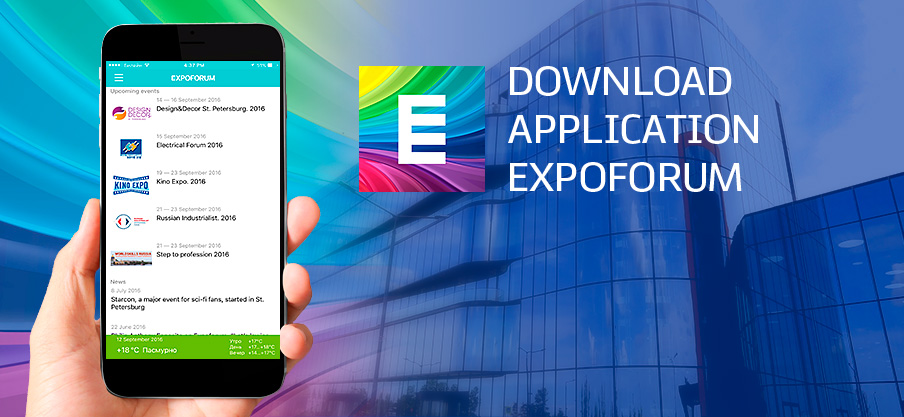Ethnic Cultures festival takes place in St. Petersburg
On May 6 and 7, St. Petersburg residents and guests of the city can go on an unforgettable virtual trip across our multi-national country, learn about local handicrafts, try dishes from various peoples as well as familiarize themselves with special features of national cultures and traditions in the Expoforum
The Ethnopark Exhibition area is divided into four architectural ethnohouse installations: representatives of the people living in the Arkhangelsk and Murmansk Regions, in Kuban and Karachaevo-Cherkesskaya Republic, invite visitors to spherical cinema halls to see the expanses of our boundless Motherland. For example, visitors can go to a Saam village and find out how the name Lapland originated. “The Saams are a small North European nationality, traditionally belonging to the Finno-Ugrians, but very few people know that they have little in common with the Finns”, one of the organizers of the ethnic festival says. “The Saams are more likely descendants of a much more ancient people, the so-called ‘Pskov Chud’. Scandinavians and Russians called them ‘Lopars’, ‘Lapnyans’ and ‘Lopps’, which is how the roots of the word ‘Lapland’ originated. Visitors will see, and maybe feel, the drops from the Honey Waterfalls, located in the Malokarachaevsky district, in the Karachaevsky Hall. Here you can also see one of the deepest canyons, cutting through the rocky mountain range of the North Caucasus.
After enjoying the beauty of the country to your heart’s content, you can visit a real Bashkir yurt and learn the secrets of Bashkir spinners. The Bashkirs, like many nomads from Eurasia, would spend about half their lives in temporary dwellings, the oldest and most universal of them being the tirme: it’s warm when it’s cold outside, and cool when it’s hot outside. A little further on, younger guests visiting the exhibition can play national games. One of them is the Russian national game Kubar. According to Marianna Medvedeva, an expert in Russian culture, people were already playing it in the 10th century. Kubar was a kind of whirligig in Old Russia, and to start it whirling, you had to attach a twist or rope to it, pull it sharply from the end, and then whip it to keep it going. Skilled craftsmen also conduct master classes in decorative and applied arts in this area: national embroidery, ornamentation, painting on spicy cakes, making guardian doll talismans, weaving baskets from willow tree branches and lots of other things besides. There is a special food court for those who get hungry. Here you can try Fergana pilaf, Ukrainian borshch and canapé with pork fat, Ossetian pies and even Korean sushi and noodles.
In addition, there will be sports competitions during the two days of the exhibition, a fair will be operating and more than 20 music and dance groups will show off their talents, beauty and joy to spectators, performing national songs and dances.

 Calendar
Calendar
 Online application
Online application
 Map
Map
 How to get
How to get


